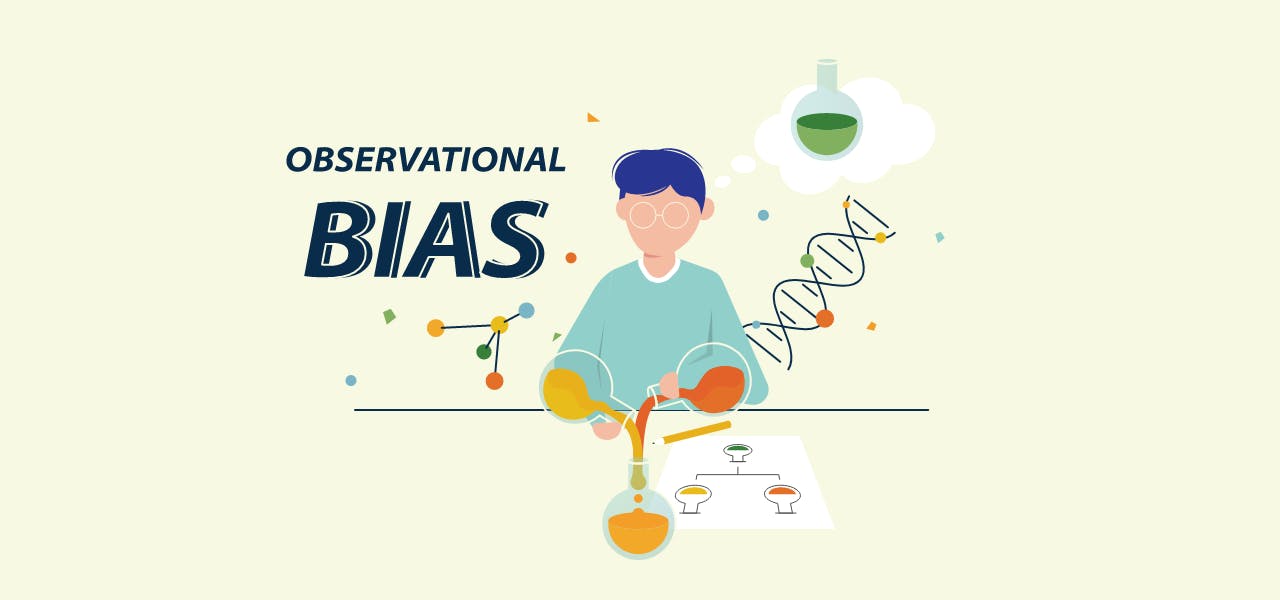When you sign your name as the author of a scientific article, you’re doing so with the understanding that the work you’ve written is intended to communicate knowledge to others. Your audience may be your colleagues, funders, peers, or someone else, but whoever it is, they are trusting that what you’ve published is accurate and without bias. For that to occur, it’s expected that your work is transparent and replicable.
Publishers and reviewers don’t have the time to replicate every study and ensure it was designed and conducted properly and with accurate results. They rely on your reputation as a scholar and your knowledge that anything you attach your name to affects your reputation as well as theirs. Your work should be free from errors for your sake and theirs, but it also needs to be completely unbiased. The only way to ensure this happens is to pay attention to any potential unfairness in your study, isolate the variables, and eliminate them or address them where necessary. Otherwise, the conclusions you’ve shared are false and could be misleading, leaving you attached to unethical, immortal research.
Defining Observational Bias
However, in some cases, the bias is unintentional and, therefore, not done consciously. How can you avoid doing something you don’t realize you’re doing?
One of the most common types of bias that is done unintentionally is called observational bias, or observer bias. It’s the accidental result of a researcher subconsciously using their personal opinions, prejudices, or project expectations to influence the study. In some situations, the researcher “sees” things that aren’t black and white, and their perspectives change the reality. In other cases, they record what they think is important and leave out what seems unimportant but could have ended up being vital.
This kind of bias is most frequently seen in studies where the observer knows what’s going on and what the results are “supposed to” be. They want this to happen, particularly if a lot is riding on the hypothesis to be accurate. This “detection bias” or “ascertainment bias” causes the observer to adjust their perspective to match the study's aims.
Examples of This Bias in Action
Observer bias can be subjective or objective.
In subjective research, the methods require interpretation before they’re officially recorded. If you know this is going to be the case, you must be careful to ensure that your own habits, opinions, emotions, or experiences don’t skew your perception and interpretation of the data.
Subjective observer bias in action is usually seen in observational studies. For instance, if you’re observing the behavior of a senior citizen in a nursing home to see how they respond to music therapy, you must include everything you observe. But there’s a birthday that day, and the chef is baking a cake. You can barely smell the aroma, so you ignore it as the participant listens to the music and taps their foot. However, it could be the smell of the cake that triggered them to pay attention to the music, not the music itself, and there’s an extra variable in your study that you must account for.
In objective bias, the researcher uses objective methods to measure the results but still inserts their own bias into the study. It’s less common, yet it still occurs. For example, a new instrument measures a person’s oxygen level, and you’re used to the old tried-and-true pulse oximeter. Your study tools require you to use the newest innovative methods, but you haven’t been trained in the new tool properly. You measure the oxygen level with the cuff an inch too high. The results aren’t correct, but you don’t know that because you don’t realize you did it wrong. Objective bias frequently stems from mistakes like these caused by poor procedures, inadequate training, and other unintentional errors.
Tips to Prevent Your Own Observational Bias
Whatever you do, don’t look at the potential of bias as an insult or an insinuation that you’re not a strong researcher. Instead, use it to increase the strength of your results by reassuring your audience that you did everything you could to avoid bias.
Start by making it standard procedure for multiple observers to be part of your research, use more than one resource for the same data collection, and ensure that everyone working on your project is adequately trained. With these steps, you can eliminate much of the danger of bias in your research conclusions.
